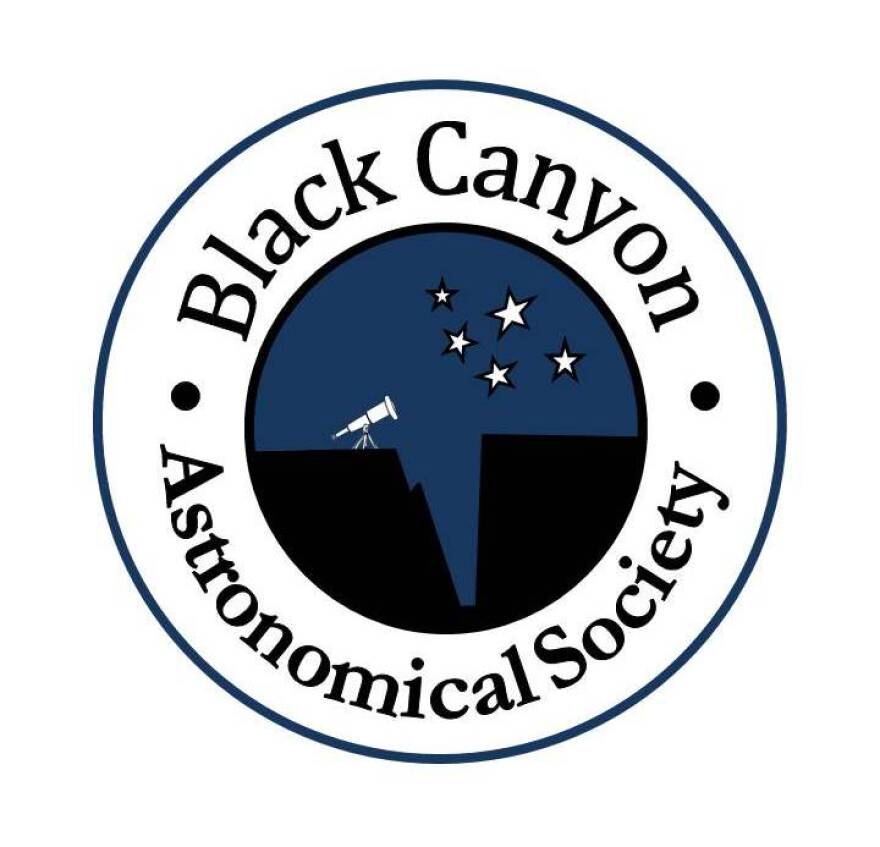On Earth, we know rain as a water phenomenon-- falling gently or torrentially from clouds, feeding river and lakes, carving landscapes. You may have danced in it; likelier, you have complained about it. But what if it rained something else…like diamonds? Would you find it beautiful, or bruising? It may be a real possibility - not here, but deep inside the Solar System’s eighth planet, Neptune.
Neptune is a blue world 2.8 billion miles from Earth, sporting a 1900-mile high atmosphere of mostly hydrogen and helium. This transitions into an 11,000-mile thick ice layer of ammonia, methane, and water over a rocky core of about Earth mass. In planetary science, “ice” refers to volatile compounds with melting points above -280o Fahrenheit. Ironically, Neptune’s ices are compressed by gravity into a super-dense, superheated fluid.
In 1981, Lawrence Livermore National Laboratory scientist Martin Ross hypothesized that carbon could freely dissociate from ice-layer methane, and precipitate as tiny diamond crystals accreting onto the core. This diamond rain could theoretically generate frictional heat and electrical currents in the ice medium, helping to explain Neptune’s peculiar thermal and magnetic fields.
Scientists have since attempted to experimentally create the conditions necessary to validate Ross’ hypothesis, with varying results given significant technical challenges. However, in 2017, a team led by German scientist Dominik Kraus succeeded by pulsing a thin polystyrene sheet with a high-energy laser. The pulses briefly heated and pressurized the hydrocarbon material enough to precipitate microscopic diamonds detectable by x-ray diffraction. The team reperformed the experiment in 2020, refining diamond precipitation parameters and further validating Ross’ hypothesis.
It remains to actually detect diamond rain on Neptune. Currently, this is technologically infeasible to do from Earth, but may be possible via a future interplanetary mission. NASA has tentative plans to visit Neptune in 2030-- the first since a brief Voyager 2 flyby in 1989. The mission could involve sending a resilient probe into the ice layer, a capability Voyager 2 did not have. Until then, we can only imagine Neptune’s diamond rain-- perhaps while staying dry under a terrestrial shower.

You’ve been listening to Western Slopes Skies, produced by the Black Canyon Astronomical Society. This episode was written by Michael T. Williams and voiced by Jeff Reynolds.
Links:
escholarship.org/uc/item/1k79p6pk
eos.org/articles/diamonds-really-do-rain-on-neptune-experiments-conclude
www.americanscientist.org/article/on-neptune-its-raining-diamonds
www.sciencealert.com/a-wild-laboratory-experiment-supports-diamond-rain-on-neptune-and-uranus


